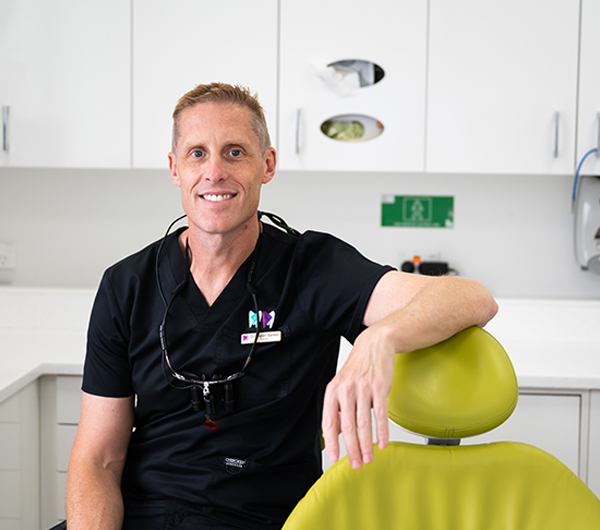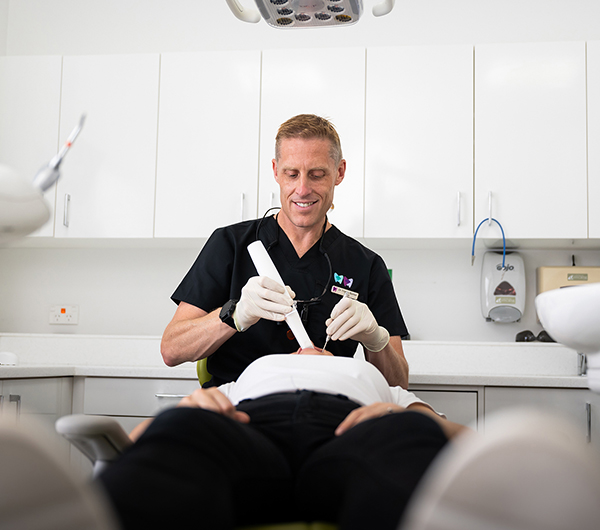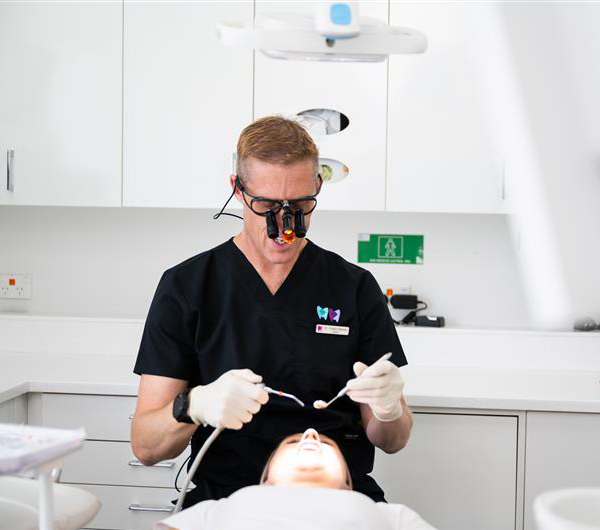
A crown is a type of dental restoration used to fix teeth that have been broken, weakened by decay or contain a very large filling.
- The tooth is prepared
- A 3D scan is taken of the tooth that needs restoring.
- A crown is made in the dental laboratory to fit the tooth precisely and match the neighbouring teeth.
- The crown is fitted securely on top.
A crown could be a good solution if you have some discoloured fillings and would like to improve their appearance. Crowns can be used to replace these to give you a more appealing smile.
Additionally, if you have had root canal treatment you will need a crown to protect or cap the restored tooth, allowing you to eat and bite down on it as if it was a real tooth. Crowns are also used to anchor a bridge or denture firmly in place in the mouth.

If you require a more extensive restoration than a crown or have more than one tooth that needs to be repaired, a good solution is a bridge.
- Bridges are usually made of a milled Zirconia, which gives them a solid structure and makes them hard-wearing. If you need a bridge in your smile line, porcelain is usually added to the base to make it look more like real teeth.
- A bridge helps to strengthen the prepared teeth and makes chewing and eating easier because they are fixed and can’t come out.
- Some bridges can also be fixed to your jaw with dental implants, if you have several teeth next to each other that are missing.

Once you have a bridge fitted, you will have to take extra care during your daily hygiene regime to ensure it stays plaque free and does not cause bad breath.
- A sturdy way to restore several teeth in a row.
- Natural-looking restoration.
- Restores the ability to chew and eat as before.
Decayed or chipped teeth can often be repaired with white composite fillings that look natural, however if the damage is too substantial, particularly on the back teeth, then an inlay or onlay would be recommended. Inlays or onlays can be made from a number of strong materials such as metals or ceramics.
An inlay is a small filling that fits into the biting surface of a tooth. An onlay covers a larger area of the tooth and is better suited to bigger cavities. Gold was traditionally used for these types of restorations. However, in recent times hard-wearing tooth-coloured porcelain has become a more popular choice of material. This is a more aesthetic way to restore the teeth and creates a more natural-looking smile.
- After a 3D scan of your tooth is completed, the inlay or onlay will be made in a dental laboratory by a technician.
- While these are being made, you will wear a temporary filling.
- When your inlay or onlay is ready we will bond it into place using a special adhesive, after removing the temporary filling. Your restored tooth will not only look like a real tooth but also function like one, allowing you to bite, chew and eat without any discomfort.

Thanks to advances in digital technology, porcelain inlays can be made at some dental practices using a special milling machine known as CEREC. This means you will need fewer visits to the dentist to have your tooth restored.
- Preserves remaining tooth structure.
- Long-term aesthetic and functional solution.
- Natural-looking restoration.
Are you ready to join the
Hobsonville Point Dental Family?






